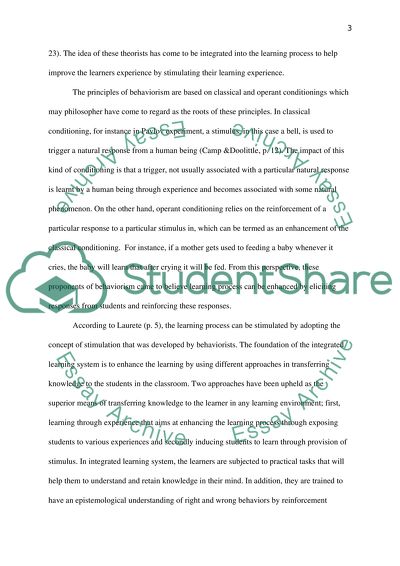Cite this document
(“Are behaviourist principles still relevant in contemporary classrooms Essay”, n.d.)
Retrieved from https://studentshare.org/education/1487551-are-behaviourist-principles-still-relevant-in
Retrieved from https://studentshare.org/education/1487551-are-behaviourist-principles-still-relevant-in
(Are Behaviourist Principles Still Relevant in Contemporary Classrooms Essay)
https://studentshare.org/education/1487551-are-behaviourist-principles-still-relevant-in.
https://studentshare.org/education/1487551-are-behaviourist-principles-still-relevant-in.
“Are Behaviourist Principles Still Relevant in Contemporary Classrooms Essay”, n.d. https://studentshare.org/education/1487551-are-behaviourist-principles-still-relevant-in.


